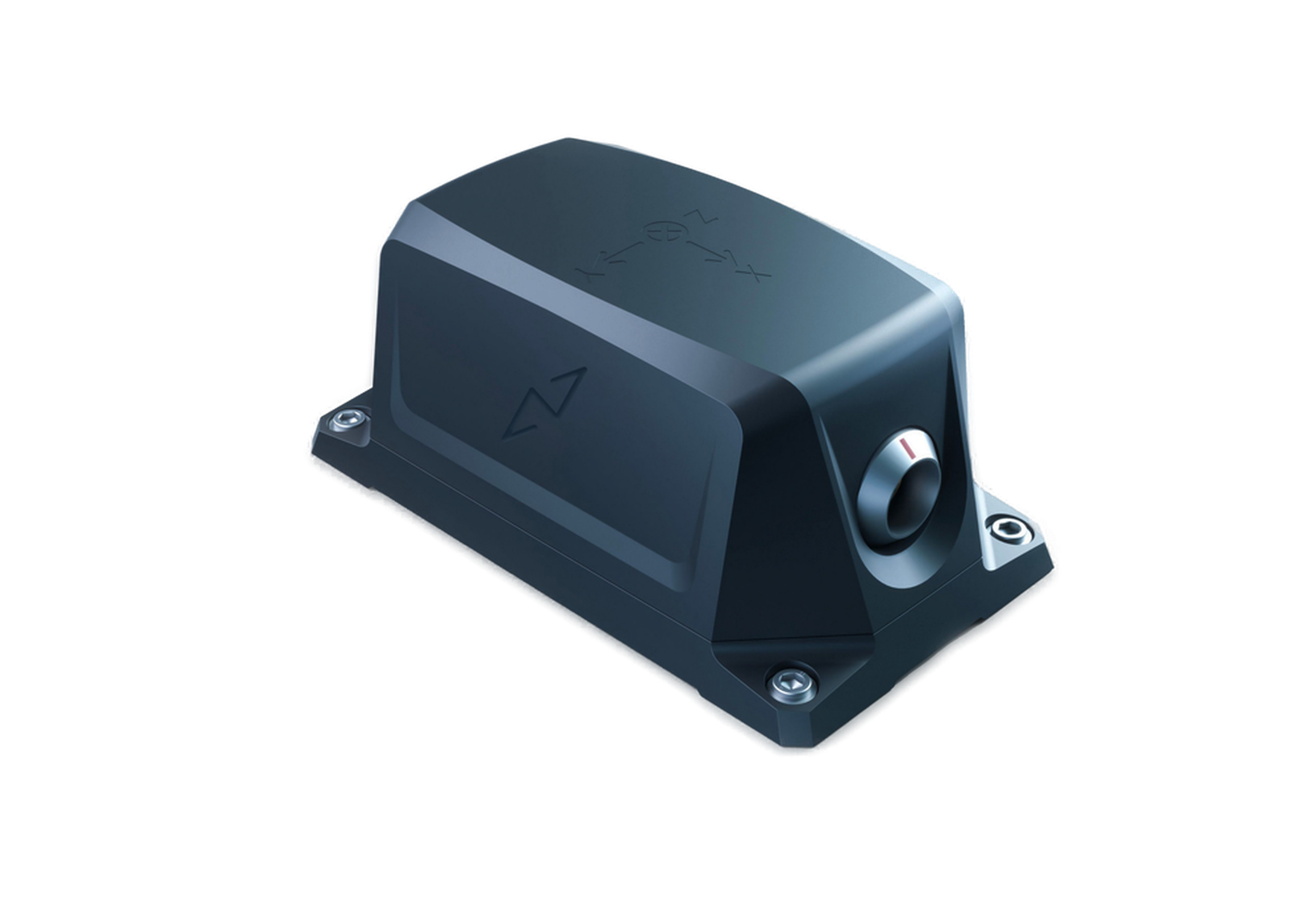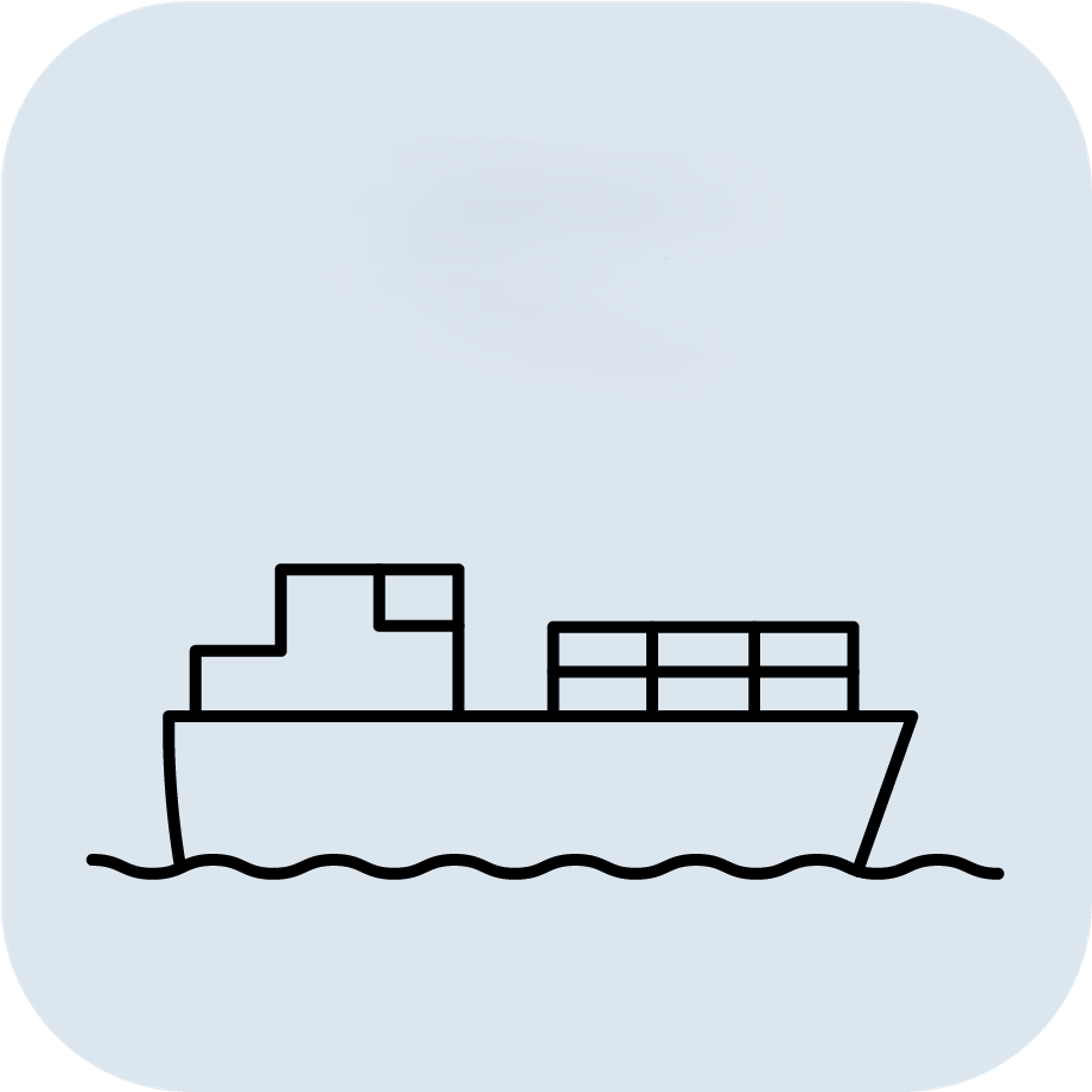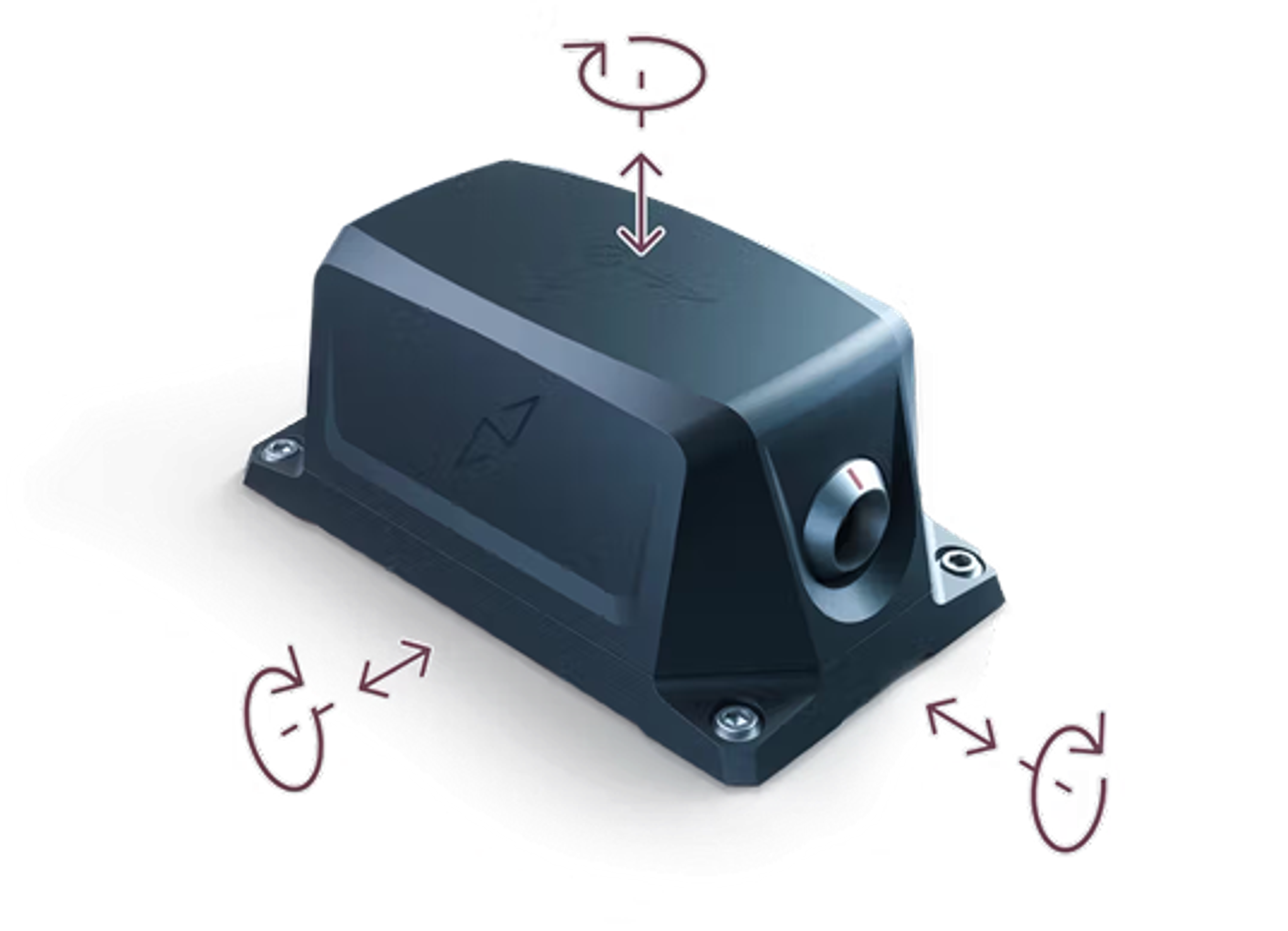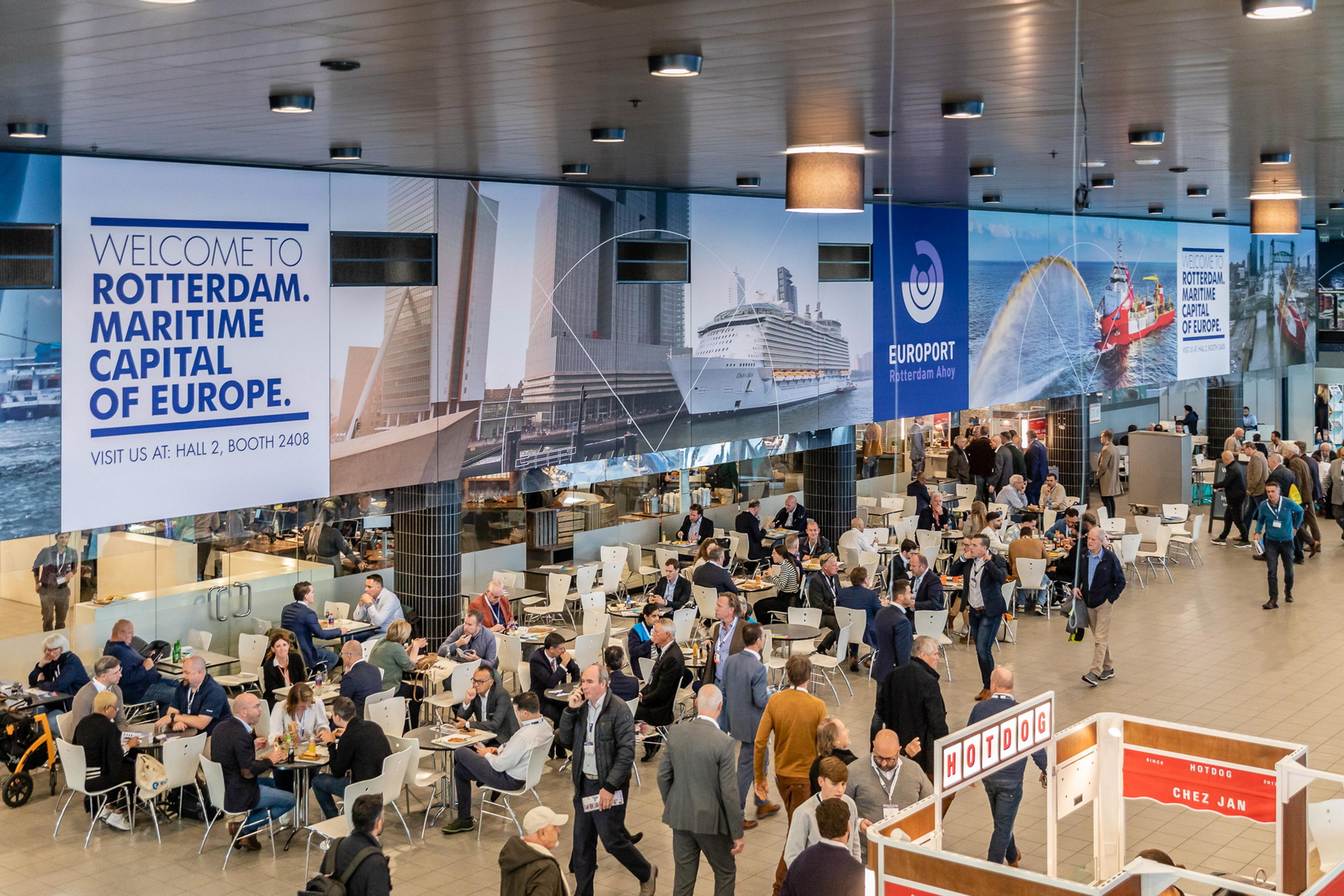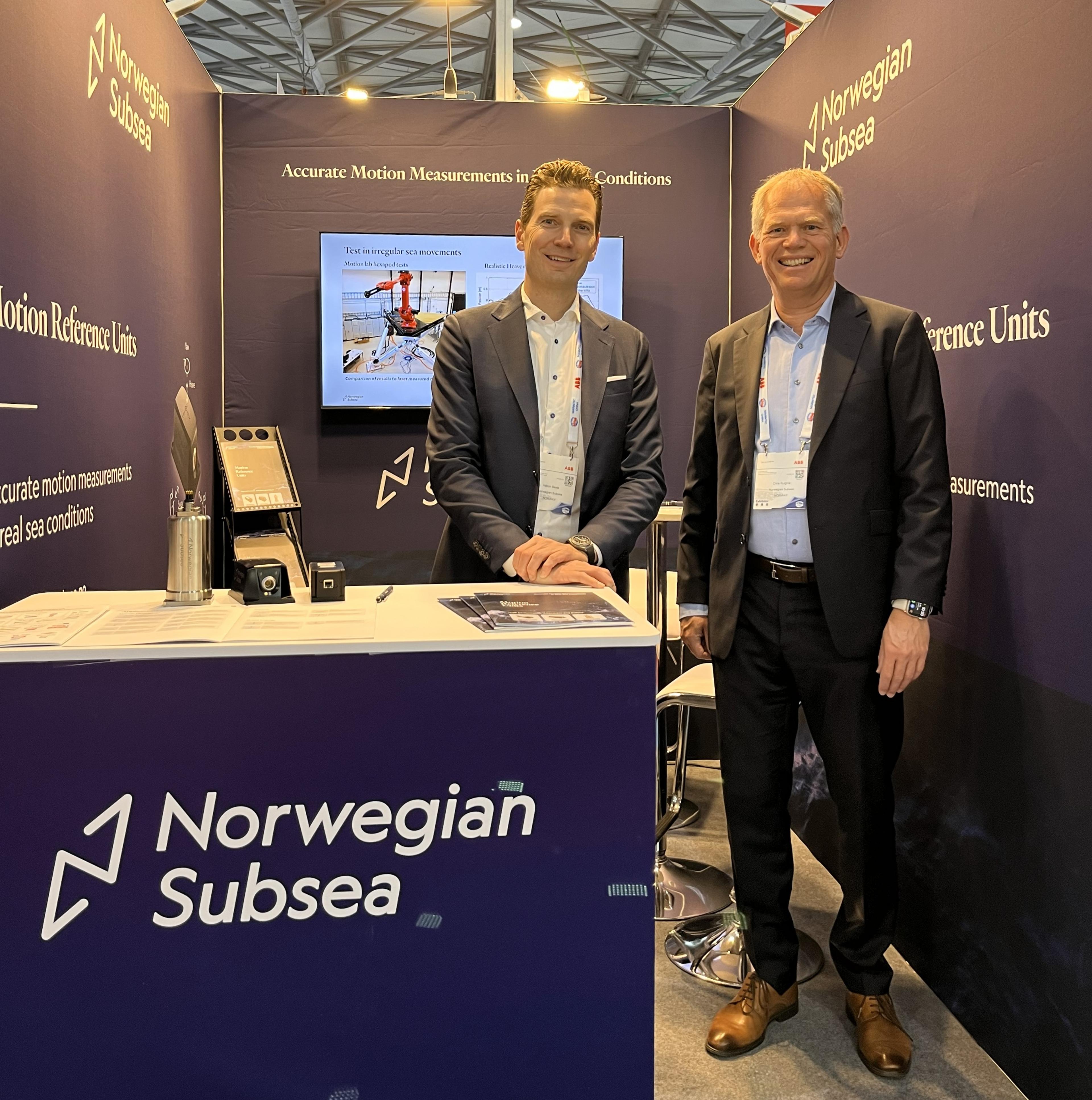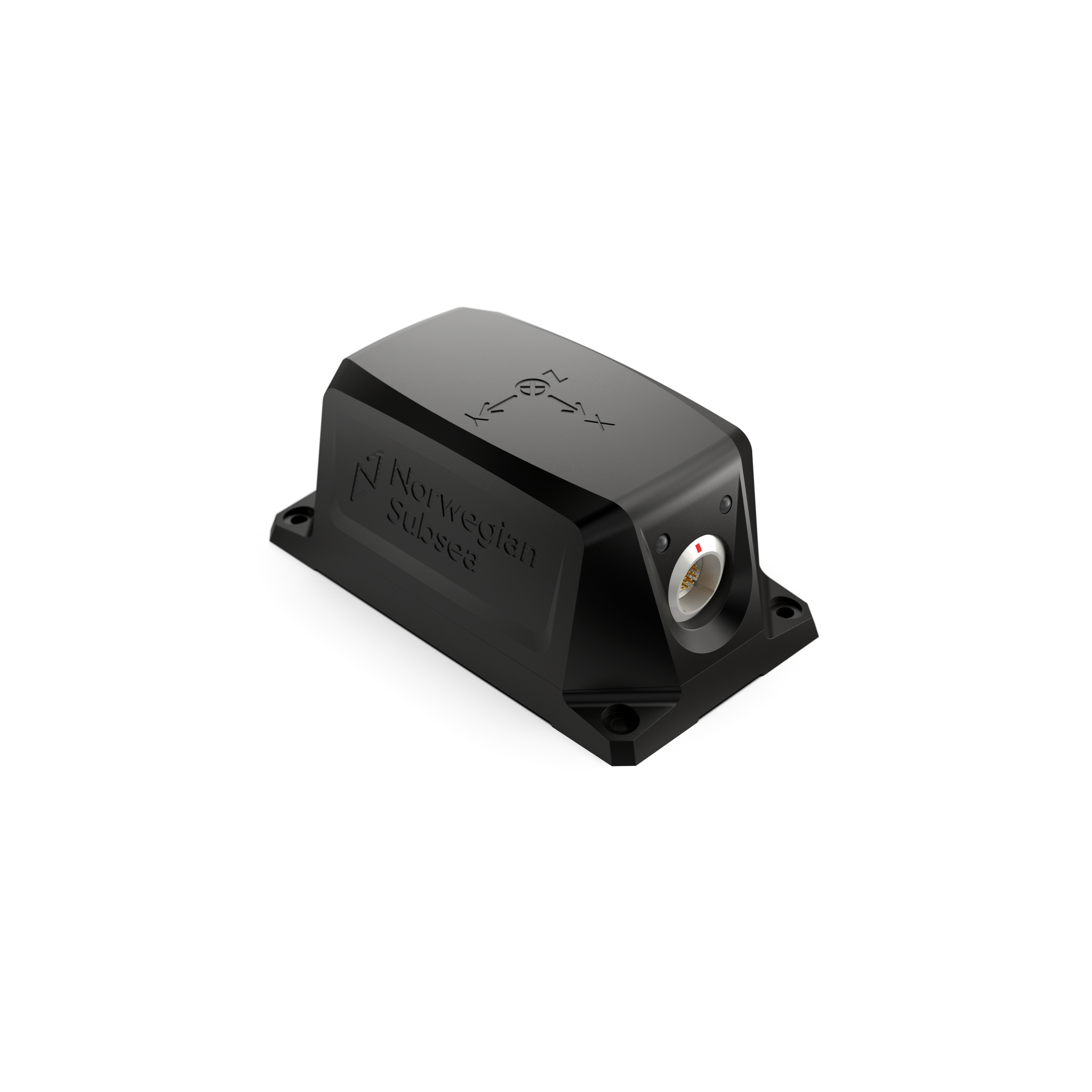Research Project to Test Value of MRU Data for Vessel Performance and Carbon Reduction
Green AI for Sustainable Shipping (GASS), funded by The Green Platform Initiative, is a research project led by NAVTOR alongside project partners Grieg Star, Maritime CleanTech, Scandinavian Reach Technologies (ScanReach), Simula Research Laboratory, SinOceanic Shipping, and Sustainable Energy/SIVA, with support from the Norwegian Research Council, Innovation Norway, and SIVA.
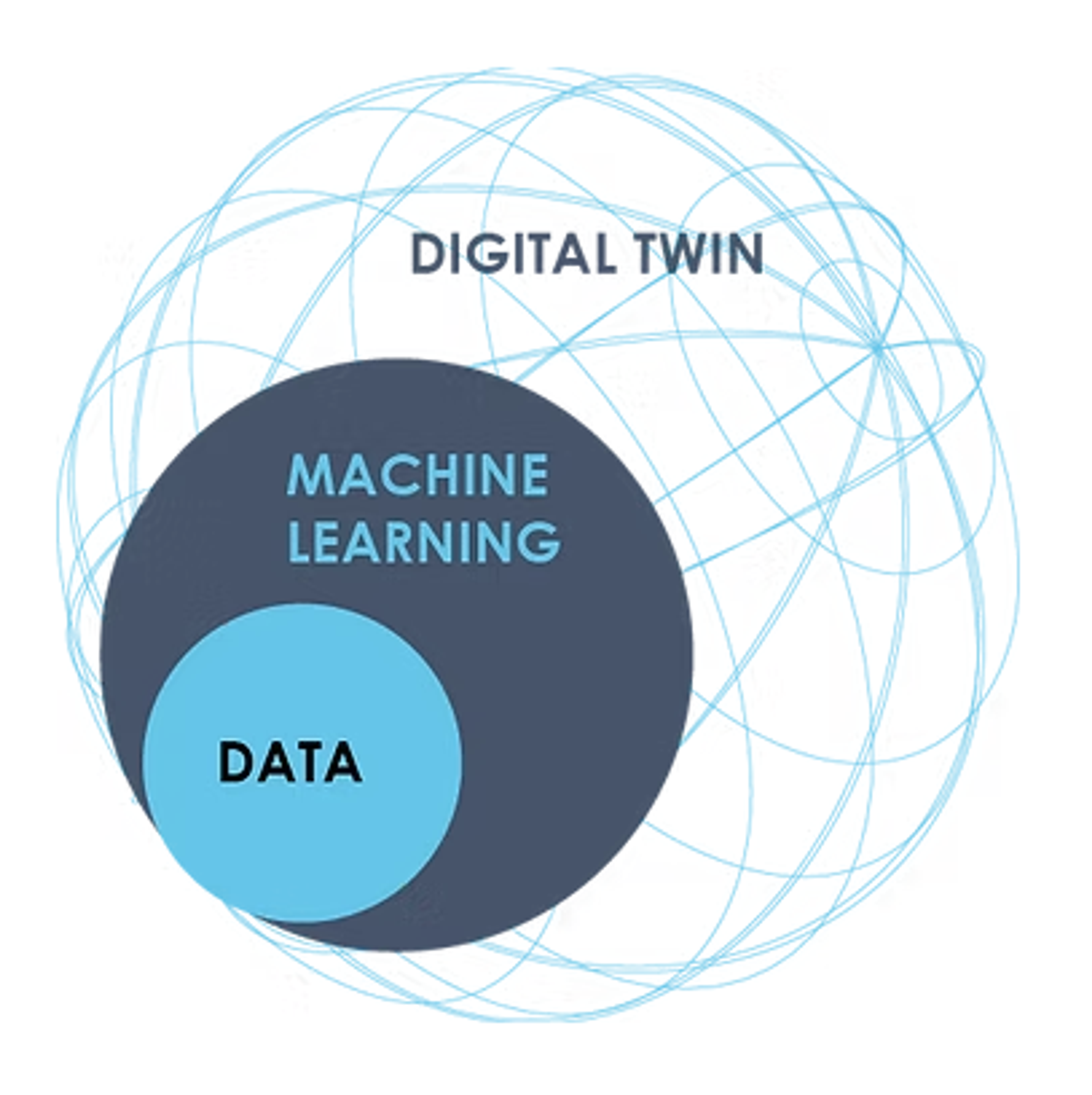
Posted on
Green AI for Sustainable Shipping (GASS), funded by The Green Platform Initiative, is a research project led by NAVTOR alongside project partners Grieg Star, Maritime CleanTech, Scandinavian Reach Technologies (ScanReach), Simula Research Laboratory, SinOceanic Shipping, and Sustainable Energy/SIVA, with support from the Norwegian Research Council, Innovation Norway, and SIVA.
Significant greenhouse gas reduction
The environmental impact of the GASS Project is expected to be a reduction in carbon emissions of 20% across the seven vessels, by the time the project closes in 2026. The partners aim to have 30% of the global fleet using GASS solutions by 2050, so the environmental impact could be huge. Assuming shipping would be responsible for 17% of global GHG emissions by 2050, a 30% uptake of GASS services would result in a significant 1% reduction of global GHG emissions.
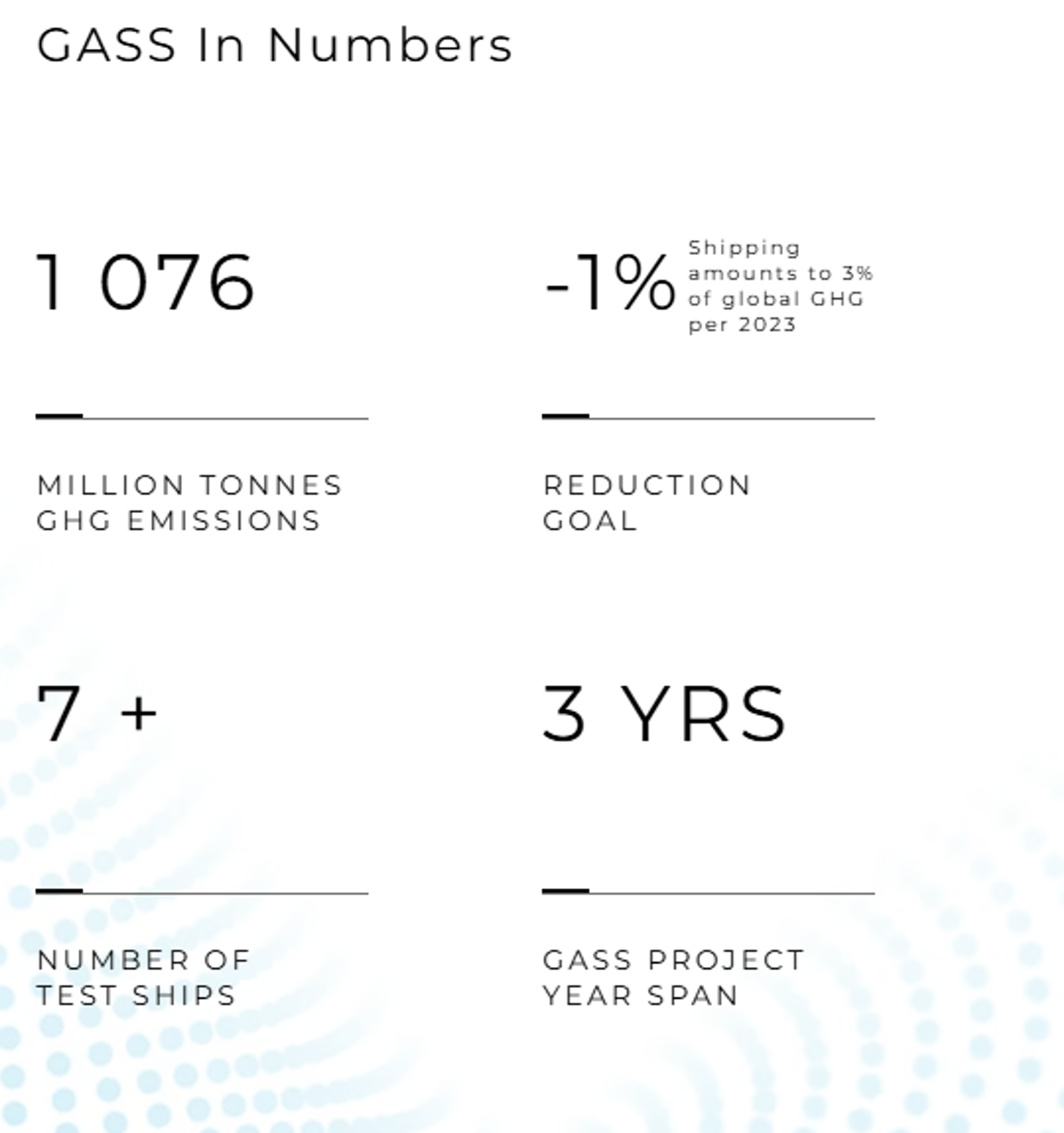
AI supported Digital Twins
The project was established to optimise sustainable vessel and voyage performance through AI empowered digital twins of participating ships. Its mission is to develop cutting-edge technology and services that optimise vessel and voyage performance, in order to reduce fuel consumption, increase energy efficiency, and minimise GHG emissions. The team is dedicated to enabling “data driven decarbonisation” by creating AI empowered digital twins of vessels based on precise operational and environmental data.
Wireless networking
Five vessels from project partners Grieg Star and SinOceanic Shipping will provide MRU data from live operations. The MRU installations utilise ScanReach’s Onboard Wireless Connectivity mesh network, which meant reduced the need for new data cabling to be installed. Installation of the network and MRU can be done by crew on board. The first installation was done in Oct 2024, and the fourth was completed in Sept 2025. The last installation is expected completion during October 2025.
Measuring fuel consumption factors
NAVTOR is tasked with collecting the MRU sensor and other valuable data from all vessels and integrating it into its NavCloud. Together with Simula, the goal is to define and predict the factors that affect fuel consumption for a vessel underway, using machine learning and digital twins. The GASS Project aims to provide real-time data analysis and insights to improve vessel and voyage performance, and vessel motion measurements from the installed MRUs are in the mix. Through this, the team hope to retrieve enough data within the timeframe of the project to analyse and better understand the relationship of vessel motions to fuel efficiency, especially in combination with e.g., weather data (meteorology and oceanography).
A new MRU application
Fredrik Dukan, CEO, Norwegian Subsea of commented, “Traditionally, most merchant ships do not have MRUs installed but the GASS project recognises the potential value of using motion data in vessel performance optimisation. We’re excited to follow GASS and understand the role of motion data to reduce fuel consumption and GHG emissions.”
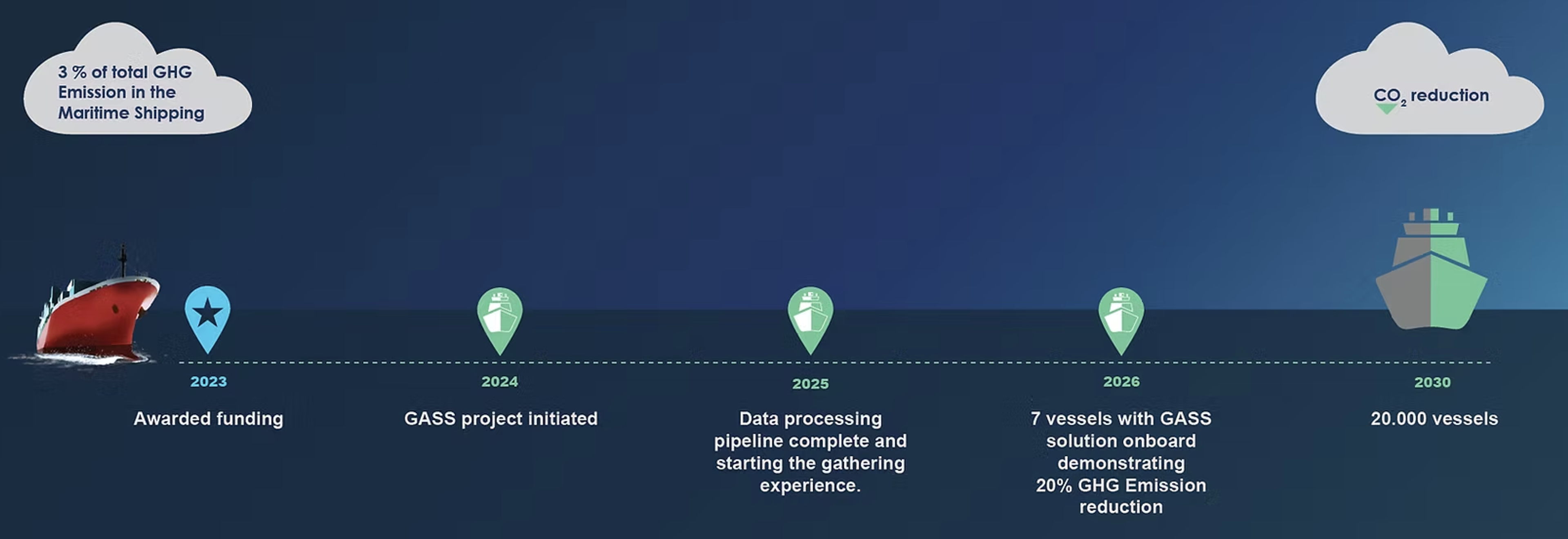
Watch a video about the first MRU installation here:
Follow the GASS Project on LinkedIn
